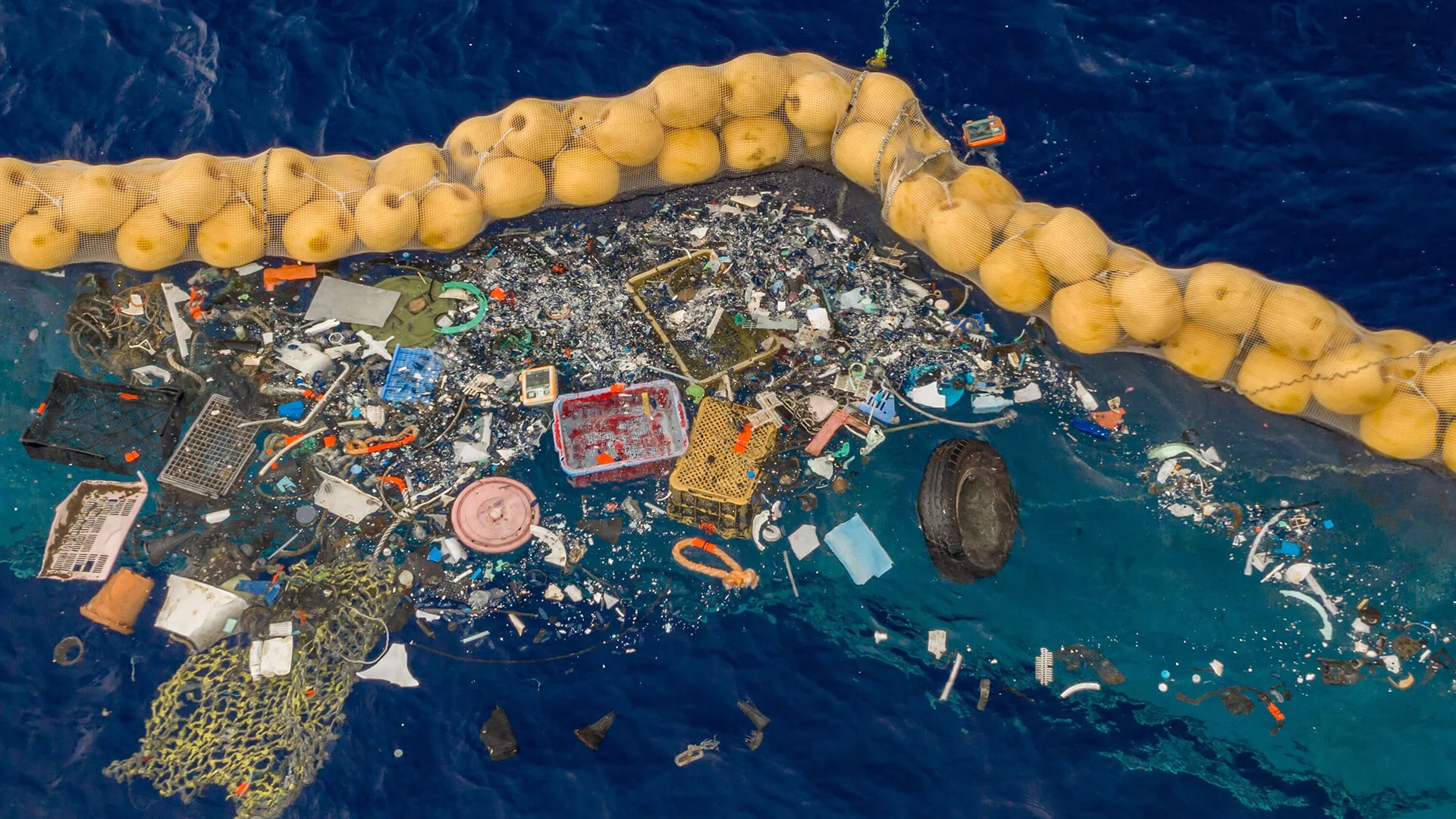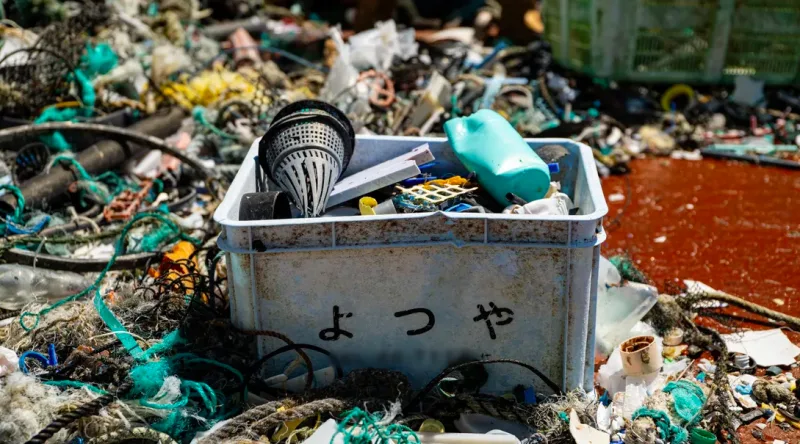
Check out our most popular climate stories from 2022
We know more about human activity’s impact on the Earth (both positive and negative) than ever before. These stories are just the tip of the iceberg.
From extreme weather to renewables tipping points to princely prizes, focus on the climate crisis has never been more intense than it was in 2022.
While a great deal of that attention came from tracking the impacts of record droughts and heat waves, as well as supercharged tropical storms, there were many signs that humanity is finally taking our own impacts on the warming world more seriously.
Back-to-back Conference of the Parties (COP) gatherings saw global alignment on biodiversity and emissions targets (if not exactly on fossil fuel phase outs). Renewables made huge gains, EVs in all sizes saw widespread adoption, and social media decided that private jets maybe aren’t as awesome as they used to be.
The Weather Network’s coverage spanned many of these topics. Here are some of the most popular stories from the past year.
Dead bodies revealed as Lake Mead hits historic low amid drought
Extreme drought impacted the southwestern U.S. throughout the year, and Nevada’s Lake Mead at Hoover Dam became a symbol of dire situation. The water level has dropped 170 feet (just over 51 metres) since the year 2000, according to a recent CNN report. Among the objects and artifacts revealed by the receding waters were human remains — dead bodies and skeletons.
Rainwater is now unsafe to drink due to ‘forever chemicals,' study says
The headline pretty much says it all, but the “forever chemicals” in question are perfluoroalkyl and polyfluoroalkyl substances (PFAS). The study goes on to explain the wide ranging heath risks from these chemicals and “suggests that there is no longer a place on Earth where rainwater is safe to drink.”
Majority of trash in Great Pacific Garbage Patch linked to just five countries
The massive accumulation of plastic trash that’s three times the size of France, floating in the middle of the Pacific Ocean, has been on environmentalists' collective radar for years. But a recent study collected a huge sample size to determine just what kind of trash the Great Pacific Garbage Patch (GPGP) consisted of, and where it all came from. The answer: lots of fishing gear, mostly from Japan and China. (Though a third of the sample was unrecognizable.)

Plastic items were analyzed for clues on their origin. (The Ocean Cleanup)
Mountains of sugar have been found in the ocean under seagrass meadows
Researchers studying seagrass meadows in the ocean estimated that there is the sugar equivalent to 32 billion cans of Coke stored under those aquatic plants. While the potential for filling endless Pixy Stix is impressive, it’s worth noting that the sugar actually means that the seagrass is doing a spectacular job capturing carbon and contributing to the symbiotic relationship that keeps it flourishing: “Bacteria living around the plants’ roots consume this sugar, which gives the bacteria energy to produce more nutrients, such as nitrogen, that fertilize the seagrass meadows.”
Flight shaming celebrity jet-setting probably won’t work. Here’s what can
In a story that continues to have unintended consequences beyond its initial carbon footprint awareness, Jack Sweeney’s since-suspended Twitter account, @celebjets, aimed to track the publicly available information about private jet usage worldwide. As Sweeney told The Weather Network in the summer, his data “gives more visibility about the climate and how much of an impact each flight is.” Unsurprisingly, not everyone was happy with his efforts, especially once the posts started going viral. However it did start a valuable conversation about how to effectively encourage accountability, while also challenging the idea that excess should be an aspiration.
Thumbnail image: Plastic pollution in the Pacific Ocean. (Image via The Ocean Cleanup)












